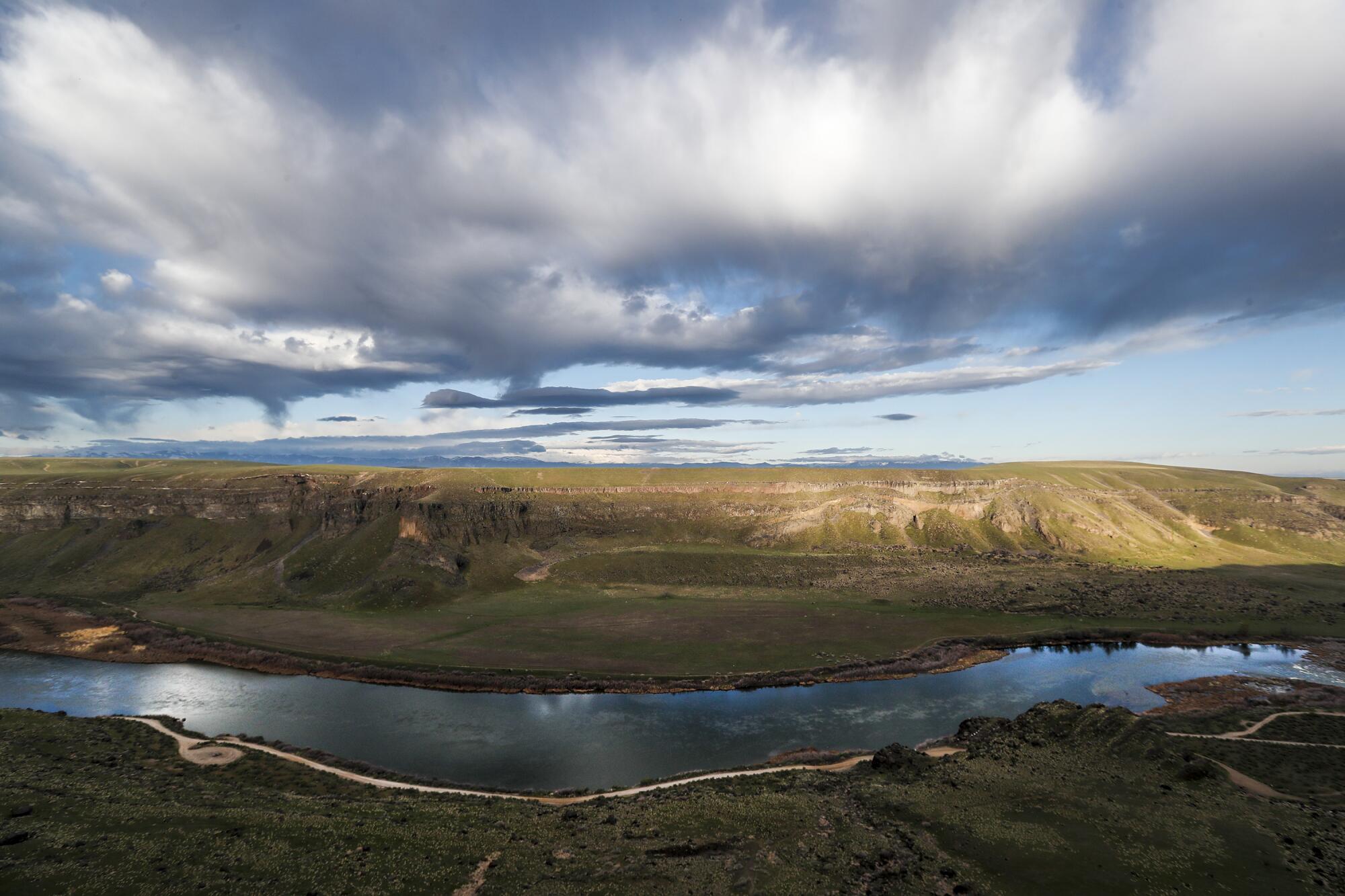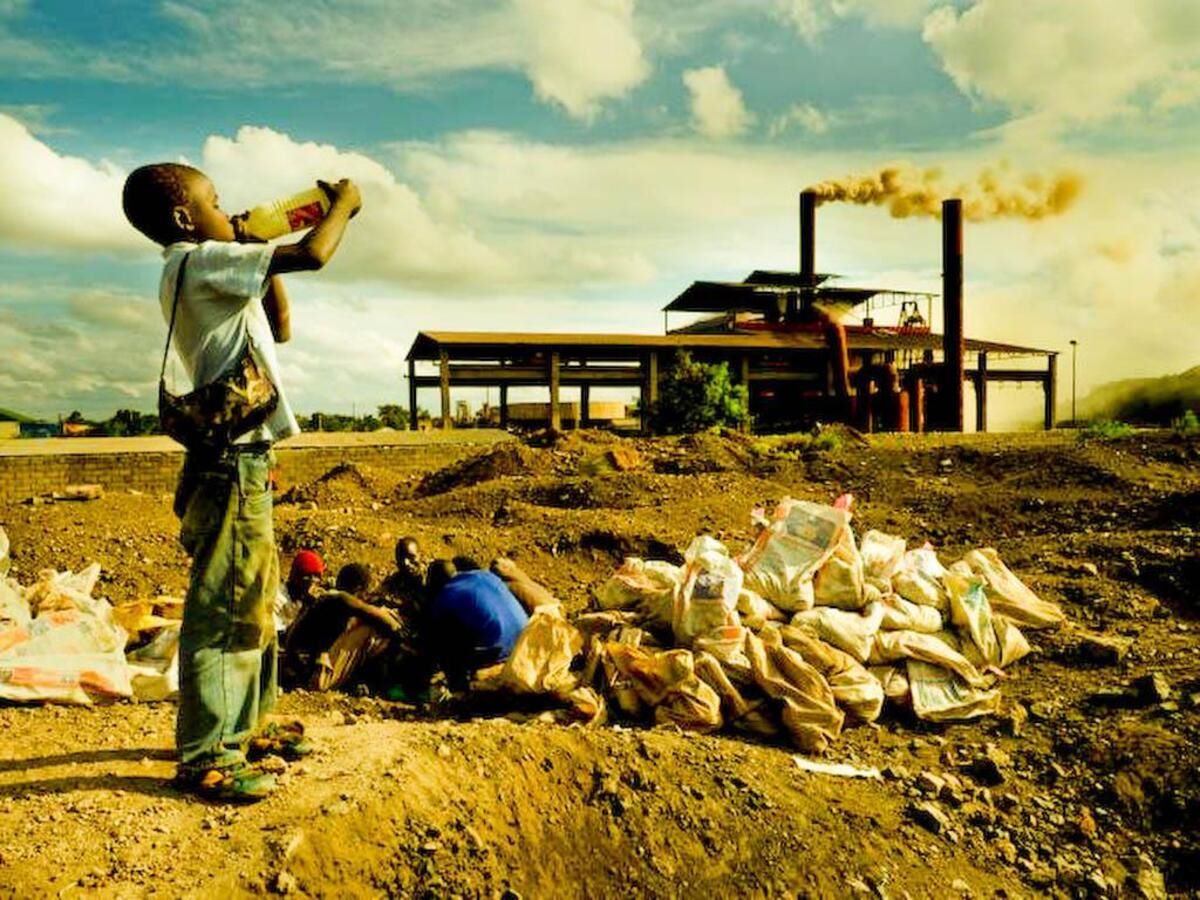
Ever wondered about the mighty Snake River and its secrets? Well, you're in for a treat! This river isn't just a ribbon of water snaking through the landscape; it's a living, breathing history book with tales that stretch from the Rocky Mountains all the way to the Pacific Ocean. Did you know that the Snake River is the largest tributary of the Columbia River? That's right! Its journey through gorges, deserts, and valleys has shaped not only the geography but also the lives of countless communities along its banks. From its role in the Lewis and Clark expedition to its power in generating electricity today, the Snake River is full of surprises. So, buckle up as we dive into 25 fascinating facts about this incredible waterway. You're about to discover its hidden wonders, historical significance, and the vital role it plays in the ecosystem. Ready to get your feet wet?
Where Does the Snake River Flow?
The Snake River carves its way through the Pacific Northwest of the United States, offering a glimpse into the region's breathtaking landscapes and rich history. Originating in the state of Wyoming, this mighty river winds through Idaho, Oregon, and finally Washington before merging with the Columbia River. Its journey covers a distance of about 1,078 miles, making it one of the longest rivers in the United States.
-
The Snake River originates from the western side of Wyoming, within the boundaries of Yellowstone National Park.
-
It flows through four states: Wyoming, Idaho, Oregon, and Washington, showcasing diverse ecosystems along its path.
What Makes the Snake River Unique?
Beyond its impressive length and the states it traverses, the Snake River holds a unique position in the ecological, cultural, and economic tapestry of the Pacific Northwest. Its waters irrigate vast agricultural lands, support a variety of wildlife, and offer numerous recreational opportunities.
-
Hells Canyon, along the Snake River, is the deepest river gorge in North America, surpassing even the Grand Canyon in depth.
-
The river is a vital habitat for several species of salmon, which are crucial for the ecosystem and local economies.
-
It plays a significant role in hydroelectric power generation, with numerous dams along its course providing energy to the region.
Historical Significance of the Snake River
The Snake River has been a lifeline and a focal point for human activity for thousands of years. Native American tribes, early explorers, and settlers have all been drawn to its waters, which have shaped the course of the region's history.
-
The river was named by an early explorer, who misinterpreted the sign language of the Shoshone people, thinking they were referring to snakes, while they were actually describing fish swimming.
-
Lewis and Clark Expedition navigated parts of the Snake River during their historic journey to the Pacific Ocean in the early 1800s.
-
The river was a critical component of the Oregon Trail, serving as both a landmark and a formidable obstacle for pioneers heading west.
Recreational Activities on the Snake River
For adventure seekers and nature lovers, the Snake River offers a playground like no other. From serene floats through scenic landscapes to adrenaline-pumping whitewater rapids, the river caters to all levels of outdoor enthusiasts.
-
Whitewater rafting is a popular activity, with the river offering some of the best rapids in the country, particularly through Hells Canyon.
-
Fishing enthusiasts flock to the Snake River for its world-class trout and sturgeon fishing opportunities.
-
Kayaking and canoeing are also favored activities, allowing explorers to navigate the river's more tranquil stretches at their own pace.
Environmental Concerns and Conservation Efforts
While the Snake River is a source of natural beauty and recreation, it also faces environmental challenges. Conservation efforts are crucial to preserving its health and the well-being of the communities and wildlife that depend on it.
-
Pollution from agricultural runoff and industrial activities has impacted water quality in some sections of the river.
-
The construction of dams has altered natural flow patterns, affecting salmon migration routes and spawning grounds.
-
Conservation groups and government agencies are working together to implement restoration projects and promote sustainable water management practices.
-
Efforts to remove some dams and improve fish passage facilities are underway, aiming to restore the river's ecological balance.
The Snake River in Popular Culture
The Snake River has captured the imagination of artists, writers, and filmmakers, featuring prominently in various works of popular culture. Its dramatic landscapes and rich history provide endless inspiration.
-
Evel Knievel attempted to jump the Snake River Canyon on a steam-powered rocket in 1974, an event that garnered international attention.
-
The river and its surroundings have been the backdrop for numerous films and documentaries, highlighting its scenic beauty and adventurous spirit.
-
Literature and poetry often reference the Snake River, using it as a symbol of the wild and untamed nature of the American West.
Future Prospects for the Snake River
As we look to the future, the Snake River faces both challenges and opportunities. Balancing human use with environmental preservation will be key to ensuring that this magnificent river continues to thrive for generations to come.
-
Ongoing research and monitoring are essential to understanding the impacts of climate change on the river's ecosystems.
-
Sustainable tourism practices can help protect the river's natural beauty while supporting local economies.
-
Innovative water management strategies are needed to address competing demands from agriculture, energy production, and conservation.
-
Engaging local communities in conservation efforts is crucial for fostering a sense of stewardship and responsibility towards the river.
-
Education and outreach programs can raise awareness about the importance of the Snake River and the need for its protection.
-
Advances in technology offer new tools for monitoring environmental health and managing water resources more effectively.
-
Ultimately, the future of the Snake River will depend on our collective ability to appreciate its value, understand its challenges, and commit to actions that ensure its health and vitality for years to come.
A Final Glide Through Snake River's Wonders
We've journeyed along the twists and turns of the Snake River, uncovering its secrets and marvels. From its humble beginnings in Wyoming, stretching over 1,000 miles to meet the Columbia River, this river is more than just water flowing through the landscape. It's a lifeline for communities, a haven for wildlife, and a playground for adventurers. Its historical significance, coupled with the ecological importance, makes the Snake River a fascinating subject. Whether it's the thrill of whitewater rafting, the tranquility of fishing in its serene waters, or the awe of its scenic vistas, the Snake River offers something for everyone. Remember, each visit to the Snake River is an opportunity to discover something new, to connect with nature, and to appreciate the intricate web of life it supports. Here's hoping your next adventure to the Snake River is as enriching as the facts we've shared.
Was this page helpful?
Our commitment to delivering trustworthy and engaging content is at the heart of what we do. Each fact on our site is contributed by real users like you, bringing a wealth of diverse insights and information. To ensure the highest standards of accuracy and reliability, our dedicated editors meticulously review each submission. This process guarantees that the facts we share are not only fascinating but also credible. Trust in our commitment to quality and authenticity as you explore and learn with us.


